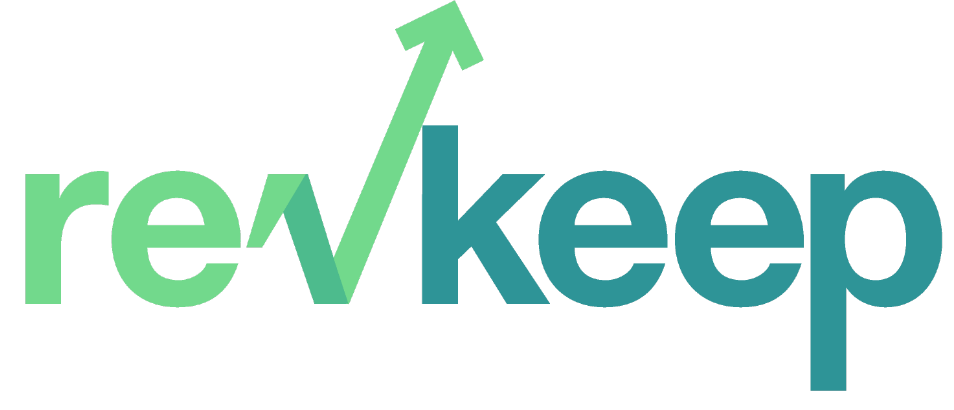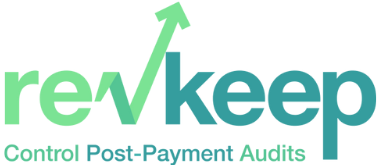In the ever-evolving landscape of healthcare revenue cycle management (RCM), staying ahead of the game is essential. One of the critical aspects of RCM is navigating the complex world of RAC (Recovery Audit Contractor) audits and payor audits. These audits can be challenging, time-consuming, and financially draining if not managed efficiently. However, with the rapid advancements in Artificial Intelligence (AI), there is a game-changing opportunity to enhance RAC audit outcomes and streamline the audit process.
RAC Audits: A Vital Component of Revenue Cycle Management
RAC audits are conducted by independent contractors hired by Medicare and Medicaid to identify and recover improper payments made to healthcare providers. These audits are an essential part of revenue cycle management, as they ensure the accuracy and compliance of healthcare billing and coding practices. The audit process involves the review of medical records, claims data, and billing documentation to identify potential overpayments or underpayments.
The Complex RAC Audit Process
The RAC audit process can be daunting for healthcare organizations. It typically involves the following steps:
1. Pre-Audit Preparation
Before an audit even begins, healthcare providers must prepare by organizing their medical records, claims data, and billing documentation. This step is critical to ensuring a smooth audit process.
2. Audit Selection
RAC contractors select claims for audit based on various criteria, including risk factors and data analysis. This step is where AI can play a significant role in improving outcomes.
3. Medical Record Review
Once selected, the RAC contractor reviews the medical records to determine whether the claims were billed correctly. AI can assist in this phase by quickly identifying discrepancies and potential issues.
4. Claims Adjustment
If the RAC contractor finds improper payments, they will recommend adjustments, and healthcare providers may need to repay the overpaid amount. This step can be costly for organizations.
5. Appeals Process
Healthcare providers have the right to appeal audit findings, which can be a lengthy and complicated process. AI can streamline the identification of grounds for appeal and improve the chances of a successful outcome.
Payor Audits: Another Layer of Complexity
In addition to RAC audits, healthcare organizations also face audits from private payors. These audits often have their own set of rules and requirements, making them an added challenge in revenue cycle management.
Leveraging AI for Better RAC Audit Outcomes
The integration of AI into the RAC audit process can significantly enhance outcomes for healthcare providers. Here’s how:
1. Predictive Analytics
AI can analyze vast amounts of data to predict which claims are more likely to be audited. This allows healthcare organizations to focus their resources on preparing for high-risk audits and reducing potential financial impacts.
2. Automated Document Review
AI-powered software can quickly review medical records and claims documentation, flagging discrepancies and errors for further review. This not only speeds up the audit process but also reduces the chances of errors going unnoticed.
3. Appeals Assistance
AI can assist in identifying potential grounds for appeal by analyzing audit findings and relevant regulations. This ensures that healthcare providers have a strong case when challenging audit results.
4. Real-time Monitoring
AI can provide real-time monitoring of claims and billing data, helping healthcare organizations identify and rectify potential compliance issues before they lead to audits.
The Future Is Here: AI-Driven Solutions
As the future of RAC audits and payor audits becomes increasingly intertwined with AI, healthcare organizations must adapt to stay competitive. AI-driven solutions like RevKeep are designed to simplify the audit process and improve outcomes.
RevKeep helps RCM teams streamline RAC and private payor audits by providing:
Predictive Analytics
RevKeep’s predictive analytics feature helps healthcare organizations identify audit risks in advance, allowing for proactive preparation.
Automated Document Review
The software automates the review of medical records and claims documentation, reducing manual labor and the chances of errors slipping through the cracks.
Appeals Management
RevKeep’s appeals management module assists in crafting strong appeals by analyzing audit findings and relevant regulations.
Real-time Monitoring
With real-time monitoring, RevKeep helps healthcare providers maintain compliance and avoid costly audits.
Conclusion
The future of RAC audits and payor audits is undoubtedly intertwined with Artificial Intelligence. By leveraging AI-powered solutions like RevKeep, healthcare organizations can streamline the audit process, improve compliance, and ultimately win more RAC and private payor audits. As the healthcare industry continues to evolve, embracing AI is not just a choice but a necessity for staying ahead in revenue cycle management.
If you’re ready to simplify your RAC and payor audits and achieve better outcomes, consider implementing RevKeep. With its AI-driven features and user-friendly interface, RevKeep helps RCM teams win more audits and navigate the complex world of healthcare revenue cycle management with confidence. Don’t wait; the future of healthcare auditing is here, and it’s powered by AI


